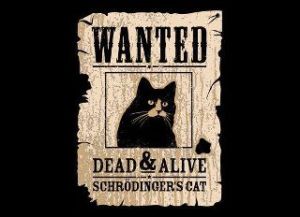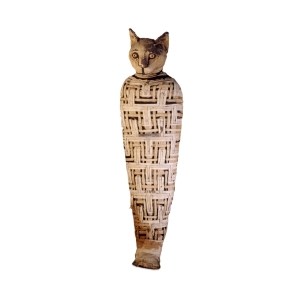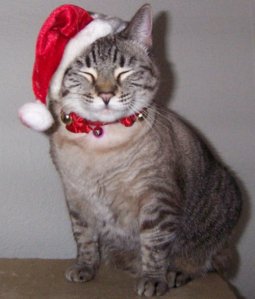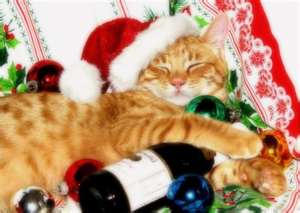Cats are very subtle creatures: a dog may look depressed, howl, display anxiety when missing his/her owner (peeing on carpets, chewing stuff, being very fearful etc.). Cats are more difficult to read… consequently, humans tend to think that their pet has not missed them; how wrong!
While looking after cats, I have noticed a few tell-tale signs, which I’d like to share with you now. Invariably, the first couple of days are fine; Cat may look slightly amused by Pet Carer presence. Some even sit there and watch you slave around 😉 others may be more vocal and request explicitly food or cuddles, either by sitting by their bowl or purring. Invariably the absence of Mum/Dad, if tolerated, is noticed and resented after the third/fourth day. How dare you, by the way, just leave Cat like that? Per Carer may be competent and a temporary source of food/cuddles, but it’s not the same 🙂
Some cats will poo in unexpected places, or make a mess of the litter (I swear). I once looked after a kitty who seemed to create all sort of diversions to make the point: litter, food, rolls of toilet paper everywhere. He then sat there watching me clean up (he seemed to smile). Sometimes I find them curled up on Mum’s/Dad’s favourite sweater/clothes, or on the bed, distinctly on one spot. Other times, they look at you and they ‘miaw’ and they seem to say:’when are they coming back?’.
Cat owners report that Cat ‘punishes’ Mum/Dad for absence displaying various behaviours such as being out of reach, peeing/pooping out of the litter and scratching furniture; or simply sulking. But, see what happens when Owner punishes cat 🙂 :
Dunbar (1988) noted that if a cat owner sees a cat performing a forbidden act such as scratching the furniture, punishment is not usually effective. If the human punishes the cat, the cat merely learns to avoid the human (so the human becomes an S-). Typically the cat will continue to perform the same forbidden act when the human is not present. If the human discovers evidence of a cat’s forbidden behavior upon coming home, and punishes the cat, the cat learns to hide when the human comes home. This does not mean the cat feels “guilt.” It means the cat has learned that the human does unpleasant things when first arriving home. The cat does not associate punishment with the forbidden behavior, which typically occurred much earlier.
Cats are often misunderstood, in my opinion. They may be more reserved and independent than dogs perhaps, but that doesn’t mean that they are not fiercely loyal to their family; I personally think that they are only a bit less obvious than other pets perhaps 🙂
 Odd, they say? I say it’s only natural to have a museum dedicated to this most wonderful of animals, The Cat. I’d set up one myself, if I hadn’t found these gems for you, dear blog reader : )
Odd, they say? I say it’s only natural to have a museum dedicated to this most wonderful of animals, The Cat. I’d set up one myself, if I hadn’t found these gems for you, dear blog reader : )






